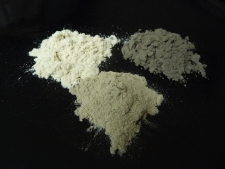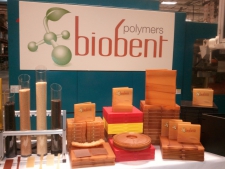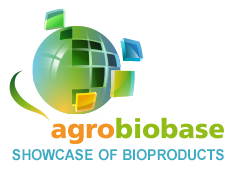
Plastics / Composites / Rubber
Chemical intermediates for production of polymers (building block, reaction component)
Additives for plastic formulation (dye, plasticizer, etc..)
Resins, compounds
Reinforcements (load, technical fabric, etc.)
You are here
-

Dimethyl sebacate
Arkema
Dimethyl sebacate is a product of vegetal origin, processed from castor oil. It can be used an intermediate to produce light stabilizers, a plasticizer, softening agent and solvent for cellulosic resins, synthetic resins and rubbers.Last update 15/05/2014 -

Bio sourced rubber additive
Lefrant Rubco
Factice is a bio-sourced additive for rubber and the only unextractable ingredient. Its excellent compatibility with all elastomers makes it indispensable.
Its main advantages : Introduction of Green Chemistry into rubber, Improved mixing process, Improved processing, Improved surface appearance, Improved ageing propertiesLast update 13/02/2014 -

µFIBRA & µGREEN
Fibres Recherche Développement - FRD
μFIBRA and µGREEN are ranges of micronized flours made from plant-based fibres and aggregates intended for the plastics industry as a filler or reinforcement.Last update 06/02/2018 -

Bio-Composite Plastics
Biobent Polymers
Biobent’s primary products are polymer resins that contain up to 40% renewable content without compromising material performance. These resins will be sold on a weight basis and used by injection molders and other plastic converters to create a wide range of plastic end products.Last update 06/05/2014 -

Unidirectional natural fibres: 0° to 90°
Fibres Recherche Développement - FRD
The unidirectionals are suitable for applications requiring performance applied preferentially in one direction. The layers of fibers, rovings or aligned yarns of flax are bonded together by an binder or by woven perpendicularly yarns.Last update 15/07/2014

